Eat Well To Age Right With 5 Easy Tips

Eat Well To Age Right With 5 Easy Tips
You could circle the globe with the number of books, podcasts and articles on what is a healthy diet.
Keto. Paleo. Atkins. Zone. South Beach. Whole 30. We’ve all been fed an annual barrage of catchy new names for the “best diet ever.”
Do they work in the long term? Just ask people who’ve tried them…
True healthy eating fuels our happiness, our ability to think clearly, to move without pain, to enjoy our family and friends, to stay in the game of a vibrant life ––– no matter our age.
Who better to guide us to eating well than master dietitian Kim Bargay, RD, LD. For more than 30 years, Kim has been advocating good food for a good life.
“Eating healthy doesn’t have to be dull,” says Kim. “Some of my occasional favorite meals include ribeye steak and baked potato or a breakfast with French toast and strawberry compote. But I also consistently include foods rich in color and flavor like salad with chicken, brie cheese, walnuts and dried cranberries.”
So, let’s get started!
(An important note from Kim, please consult your physician before making any changes to your diet or lifestyle.)
Eat Well To Age Right With 5 Easy Tips
#1 Healthy Hydration. Across the globe, we’re experiencing record-breaking temperatures, which makes drinking enough water even more important. As we age, we start to lose the ability to notice when we’re getting dehydrated, so fill up your favorite water bottle every day and drink 8-12 cups of H2O. It will keep your body working and your skin glowing.
#2 Half a Plate of Color. Kim says half of your plate should be fruits and vegetables. Yes, half. It’s an easy measure of getting enough antioxidants that neutralize dangerous free radicals in your body. Put simply, the best way to slow down aging and disease is to eat your fruits and veggies. And make sure they’re colorful and varied to ensure you’re getting the right vitamins and minerals. Power-packed examples include:
- Dark green vegetables at least three to four times a week. Good options include broccoli, peppers, brussel sprouts, and leafy greens like kale and spinach.
- Berries pack a powerful punch. Include two to four servings of fruit in your diet each day. Raspberries, blueberries, blackberries, and strawberries are great choices.
#3 Protein Power. We need more protein as we age. Make sure to get a variety, from eggs to meat to vegetarian protein options.
- Certain seafoods are higher in healthy fatty acids, called omega-3s. Choose salmon, trout, herring, bluefish, sardines, and canned light tuna. Try to eat two to three servings of fish a week. A serving consists of 3 to 4 ounces of cooked fish.
- Beans and Lentils. Eat a bean-based meal at least once a week. Add beans and lentils to soups, stews, casseroles, salads, and dips, or eat them plain.
- Flaxseed, nuts, and seeds. Add 1 to 2 tablespoons of ground flaxseed or other seeds to food each day or include a quarter cup of nuts in your daily diet.
#4 Dairy Rich. Dairy foods help you get that much needed calcium and vitamin D. If you use a milk substitute, look to make sure it’s fortified with calcium and vitamin D. Adults between 19 and 50 years of age need 1,000 milligrams of calcium a day, and adults over 50 need 1,200 milligrams daily. Include organic choices.
#5 Fiber Fortified. Eat whole grains at least two to three times daily. Look for whole wheat flour, rye, oatmeal, barley, amaranth, quinoa or a multigrain. A good source should have 3 to 4 grams of fiber per serving. The best sources have 5 or more grams of fiber per serving.
Remember to ask your physician about making any changes to your diet to make sure what you add doesn’t interfere with medications or any physical conditions.
Simple. Healthy. Life-enriching. That’s a “diet” we can all live with.
Recent Posts
Aging Well At Home — Even With COPD
24th Nov 2023Building Balance – Part Two
18th Oct 2023Building Balance – Part One
21th Sep 2023© 2025 AgeRight Care at Home | Privacy Policy



